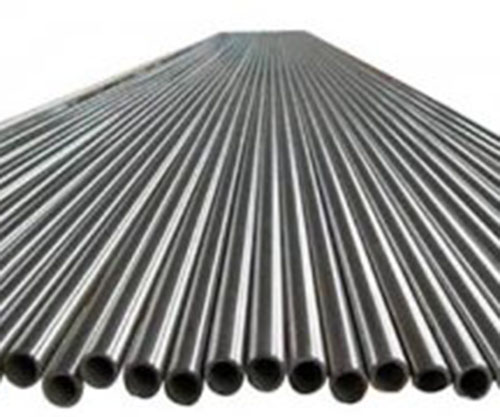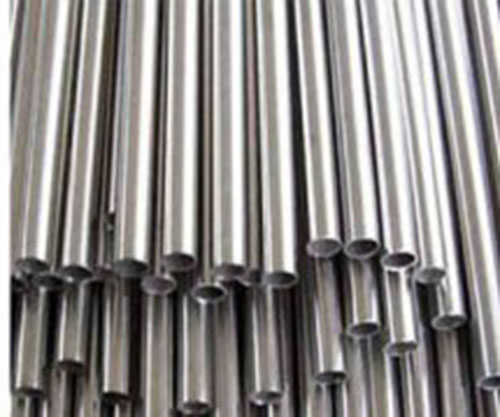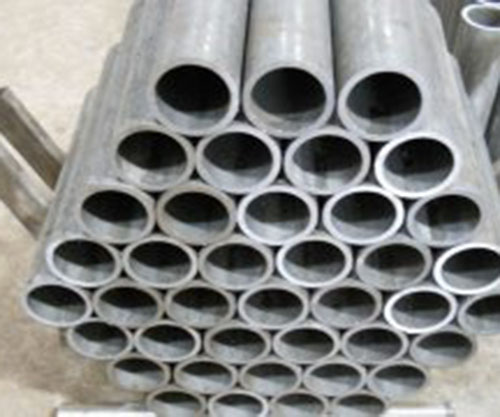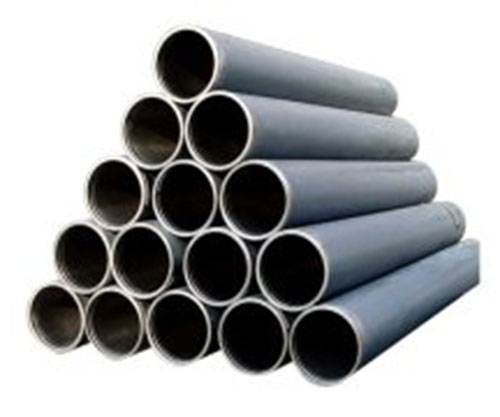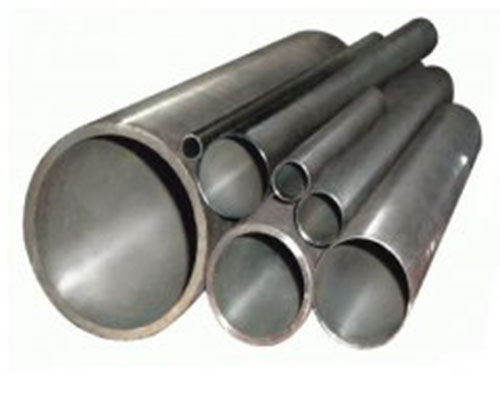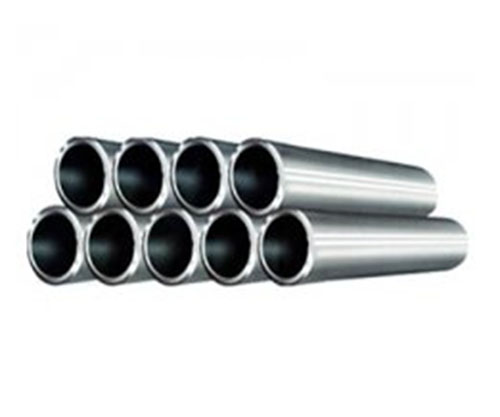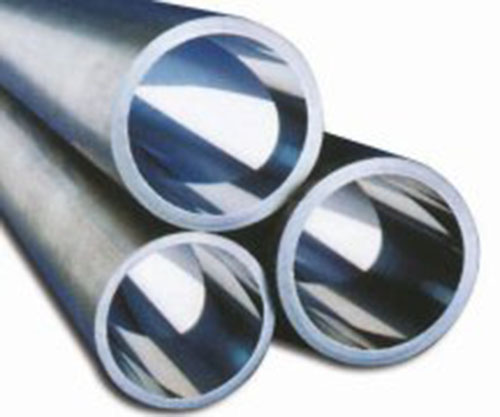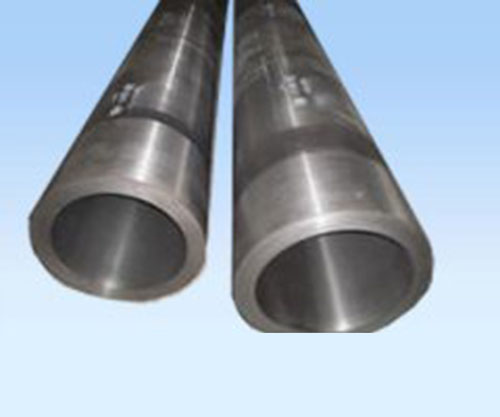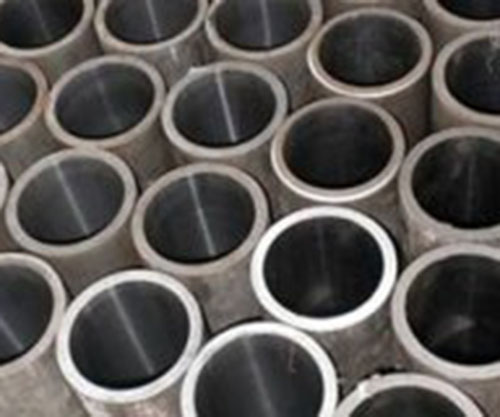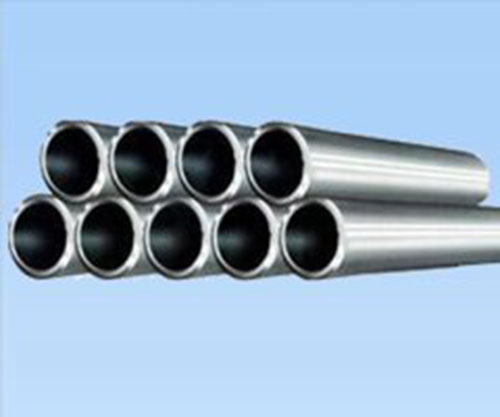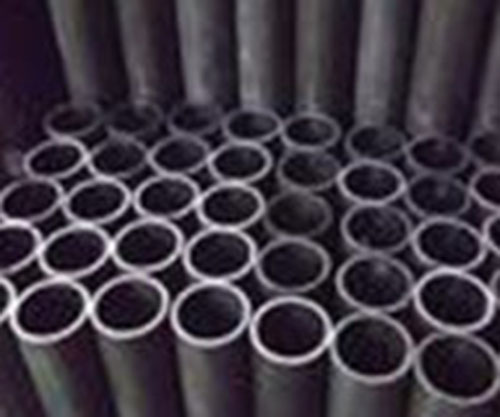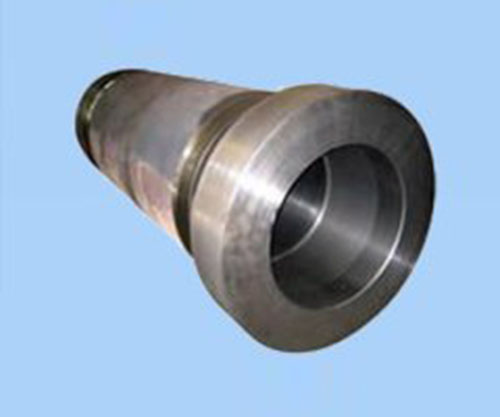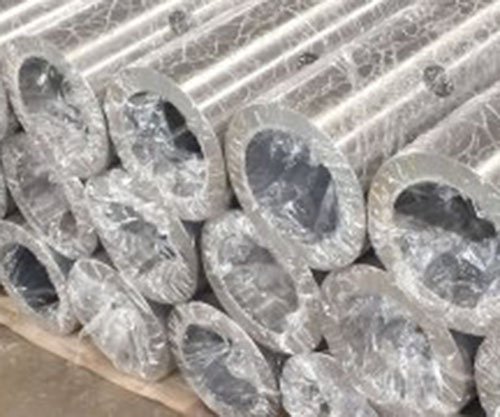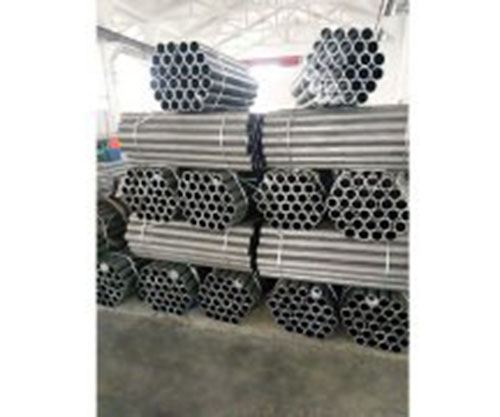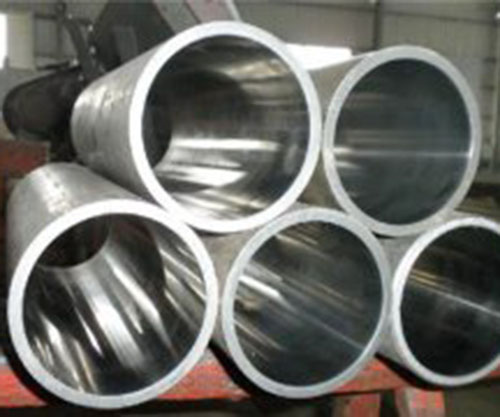your current location:Home>Analysis of the causes of piston rod fracture at three point
Analysis of the causes of piston rod fracture at three point
Published: 201905-11 Clicks: times
In the case of a Condition, the piston rod is broken at the connecting thread of the crosshead or the position of the piston is fixed because the piston rods are relatively comparative. A weak (interpretation: thin but not strong) link, if neglected in design, or sloppy in manufacturing, then breaks are common. The piston rod of the cylinder has a piston rod at one end, and the air supply from the side of the piston generates air pressure, and the air pressure pushes the piston to generate a thrust and returns by the spring or the self weight. If the piston rod is guaranteed to have no problem in material quality, design and processing (Emerson), then the pre-tightening force during installation should not be too large, otherwise the piston rod will be caused by the yield (bending and undulating) force. fracture. The following three points are the main factors that cause the piston rod to break:
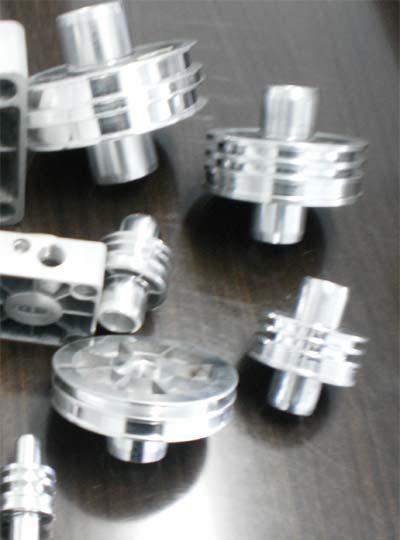
Second, the stress: the main reason is concentrated in the piston (piston) rod connection, or the crosshead is not correct in the installation, and the thread connected to the crosshead, because of the impact of the fracture, Or the position pre-tightening force of the thread is not in place. The piston rod of the cylinder has a piston rod at one end, and the air supply from the side of the piston generates air pressure, and the air pressure pushes the piston to generate a thrust and returns by the spring or the self weight. The 45# piston rod connects the piston and the crosshead to transmit the force acting on the piston and drive the piston to move. The hydraulic piston rod cylinder, the piston rod (cylinder rod), the piston and the end cover are composed of several parts.
Third, wear: will cause the piston (piston) rod to appear loose and gap, because after a long time of use, the joints are worn more seriously, will be affected by external forces and cause the piston rod to break. Want to know more about cylinder rods, piston rod cylinders, mechanical guide columns, precision optical axes, and extra long piston rods.
What if the cylinder rod and the piston are loosely connected?
You may also be interested in this
Related Reading





